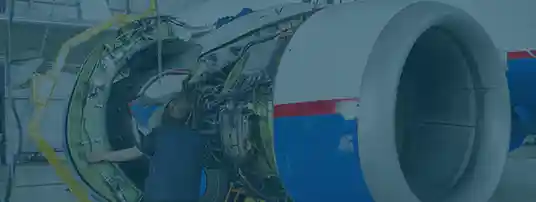Posted on June 7, 2013 linda strong boeing aircraft
The 787 Dreamliner entered service in 2011 and boasts many of the same features as the widely successful 777. It is currently Boeing’s most fuel-efficient airliner and also the first major airliner to use primarily composite materials for the construction of its air frame. Like the 777, it is also a long-range twin-engine jet airliner but with a smaller size, seating 210 to 290 passengers. The 787 is 20% more fuel efficient than the 767, which it designed to replace, and can fly between 8,000 and 8,500 nautical miles. Its notable features include electrical flight systems, a four-panel windshield, noise-reducing chevrons on its engine nacelles (cover housing that holds engines) and a smoother nose contour. Many suppliers around the world collaborated to produce the 787, which has its final assembly at the Boeing Everett Factory in Everett, Washington.
The 787 has a fuselage assembled with one-piece composite barrel sections instead of multiple aluminum sheets and 50,000 fasteners like those used on existing aircraft. The two new engines used are the General Electric GEnx and the Rolls-Royce Trent 1000. Its gains from aerodynamic improvements, use of lighter-weight composite materials, and advanced systems, contribute to its 40% efficiency gain from its engines. The proportion of the 787’s production materials are as follows: 50% composite, 20% aluminum, 15% titanium, 10% steel, and 5% other (although it is 80% composite by volume). Its external features are raked wingtips and engine nacelles with noise-reducing serrated edges.
One of the notable changes in the 787 is its electrical architecture, which replaces bleed air and hydraulic power sources with electrically powered compressors and pumps. This eliminates pneumatic and hydraulics from some subsystems. Electrically powered systems include: engine start, pressurization, horizontal stabilizer trim, and wheel brakes. The 787 also utilized new technology known as the wing ice protection, which uses electro-thermal heater mats on the wing slats instead of hot bleed air. Like the 777, the 787 also has a fly-by-wire control system, LCD multi-function display, and a yoke instead of a side stick controller. Honeywell and Rockwell Collins provide flight control, guidance, and other avionics systems such as the standard dual head up guidance systems, while Thales Avionics supplies the integrated standby flight display and power management. The compact nature of the 787 altogether represents the shifting emphasis from speed over to efficiency.

 The only independent
The only independent



“We Proudly Support Intrepid Fallen Heroes Fund that serves United States Military Personal experiencing the Invisible Wounds of War : Traumatic Brain Injury (TBI) and Post Traumatic Stress (PTS). Please visit website (www.fallenheroesfund.org) and help in their valiant effort”.
We Hope that You Will Visit Us Again the Next Time You Need Aircraft Parts and Make Us Your Strategic Purchasing Partner.
Request for Quote